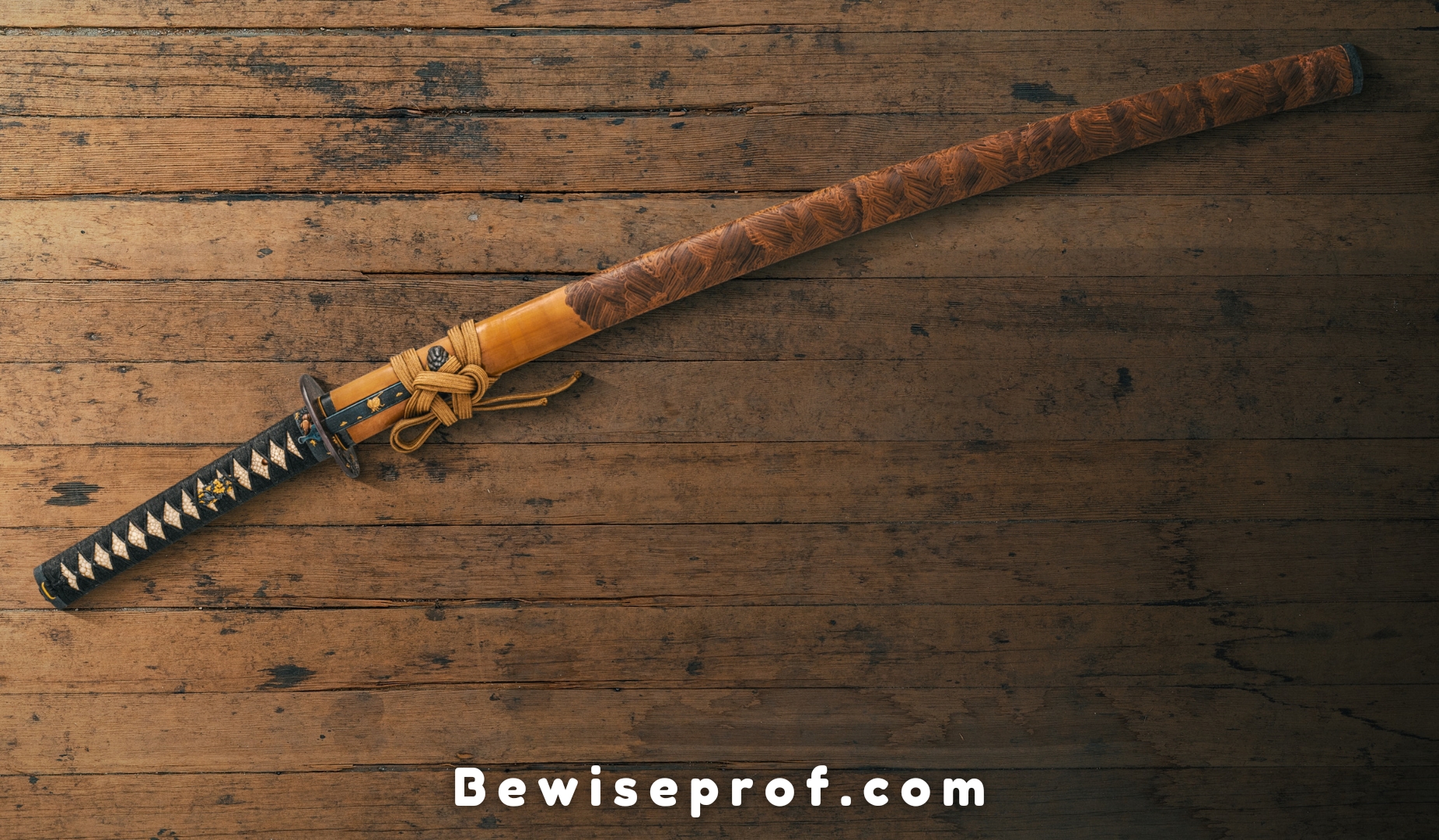As you know, Katana is an ancient Japanese state-to-the-art weapon that is superior among the realm of swords. Their dense, robust material, along with the virtue of unmatched sharpness, is just remarkable.
If you’re interested in Katana swords, then read this article. We promise that by the end of this article, you will have already decided to get your hands on one of these pieces of perfection.
Types of Katana
The one thing about Katana swords is universal, which is their overall superiority among all kinds of swords. However, there are various types of katanas made throughout Japanese history, and due to their distinctive designs and made, each one provides some benefits, whether it’s about easy gripping, weight, or curves.
Here, you can explore those different types of Katana:
-
Tachi
Starting with Tachi, this blade type is longer and is usually carried in reverse. Generally larger and heavier than modern Japanese swords, the Tachi has a similar design.
The blade is often tempered to increase its hardness and is made from high-quality steel. It is primarily used for horseback combat as a weapon of war. In martial arts, tachi are now used as ceremonial objects or collector’s items.
It is common for museums to display tachi with the blade down, as they are usually carried inverted, i.e., blades facing upward.
-
Tanto
First appearing in the 9th century, the Tanto is a short Japanese knife with a blade length of less than 30 centimeters. You have probably seen their depictions in various animations. They look super cool and edgy and provide the highest confidence while holding them.
A wooden handle covered with leather or rope and a guard protect the hands of this sword, which has a straight or slightly curved blade, a single edge, and a straight or slightly curved handle.
Samurai used it as a hand weapon during hand-to-hand combat and a secondary weapon along with their Katana and wakizashi. They are very lightweight and very easy to operate. Highly recommended for beginners.
-
Naginata
This type of blade is somewhat similar to halberds. It has a wooden handle and curved blade, often shaped like a lotus leaf. This Japanese weapon dates back to the 9th century and is comparable to halberds.
It was one of the most important weapons that samurai and warriors used for long-distance melee fights, and the female samurai mainly used it.
History tells us that it was popular in Japan during the Kamakura period (1185-1333) and the Muromachi period (1336-1573), but with the introduction of firearms, it lost its popularity.
It is still used in traditional Japanese martial arts like Kendo and Jodo.
-
Chokuto
A Chokuto is an interesting Japanese sword that appeared during the Kofun era (250-538) and was used until the end of the Heian era (794-1185). Swords of the modern era are thought to be derived from it.
Chokutos are designed very much like Chinese swords of the period. The blade is straight and has a single edge, which is very sharp.
It usually has a diamond-shaped cross-section and a very narrow blade. In most cases, leather or rope covers the wood handle. Imported metals, including Damascus and Chinese steel, were most commonly used to make Hokuto.
Chokuto was primarily used as a hand-to-hand weapon of war. The tools were also used to cut wood and hunt for game.
-
Wakizashi
The sword appears during the Edo period (1603-1868) and is short. With a double-edged blade and a boomerang-shaped cross-section, the blade is curved with a double edge. The handle is leather or rope. And there is a guard to protect the user from being cut.
Samurai used it as a hand weapon and a secondary weapon in hand-to-hand combats along with their katanas.
Conclusion
It’s so fascinating that Japanese culture gives sheer respect to their swords. There is a story behind each type of sword carried by the Japanese warrior class, the samurai.
They reflect the Japanese blacksmith’s extraordinary skill and the samurai’s martial prowess. These swords represent the way of the Samurai’s Bushido: their way of warfare, which was practiced on the battlefields and the training dojos.
